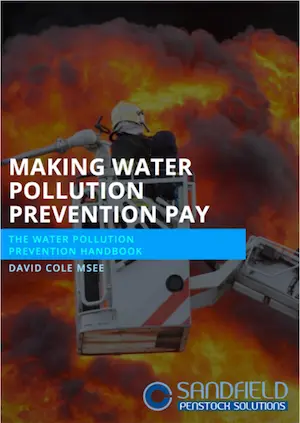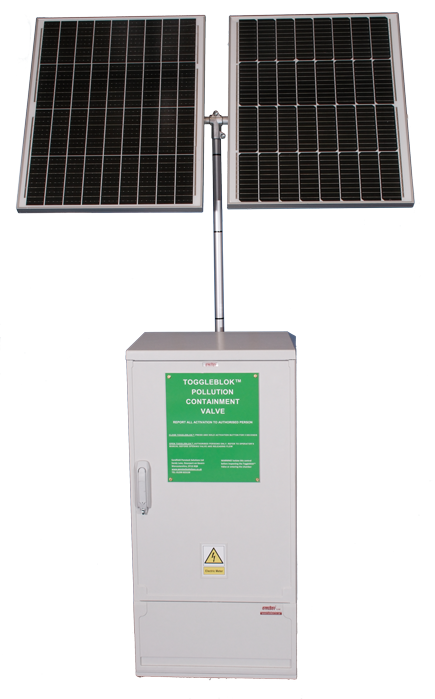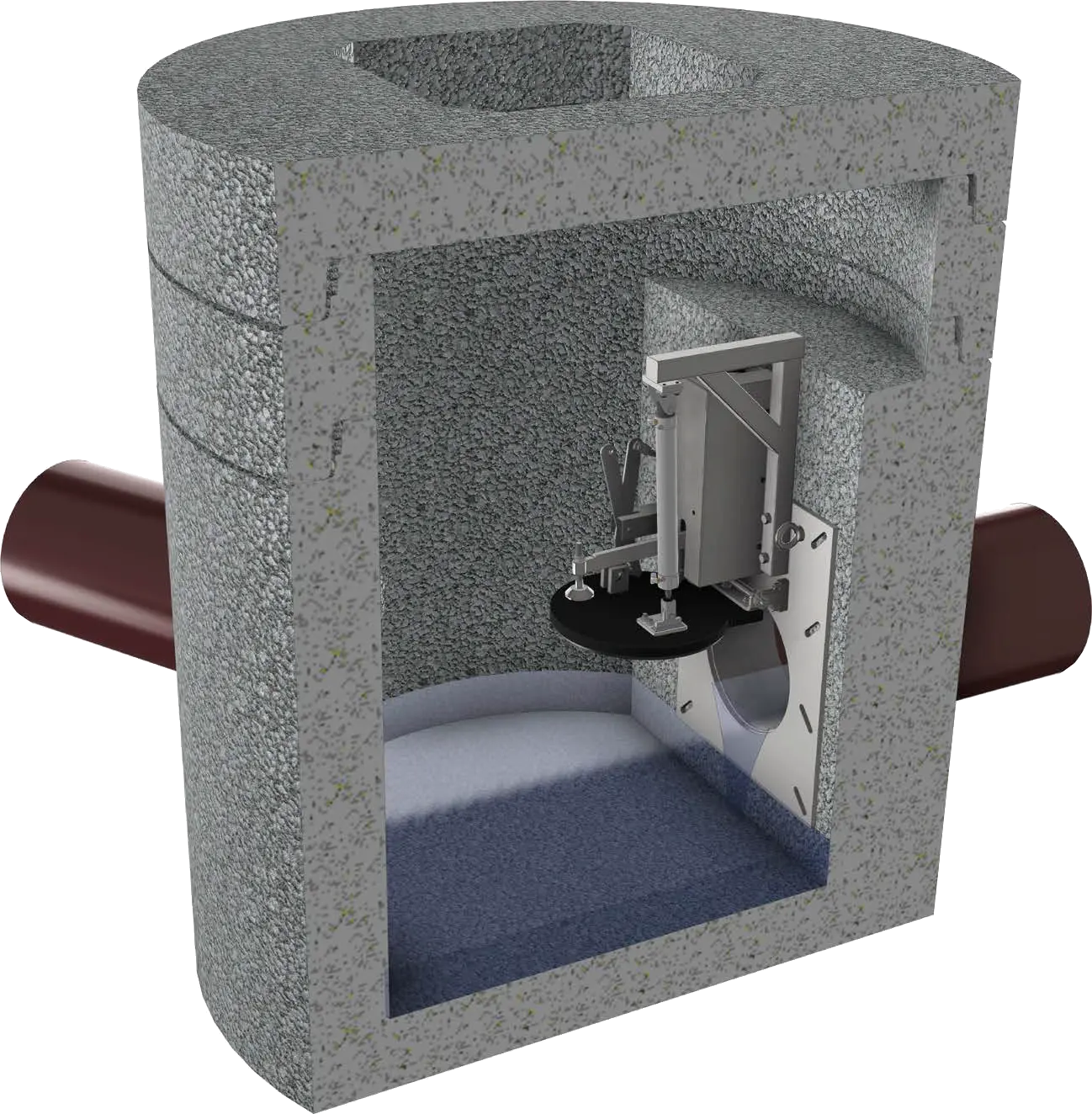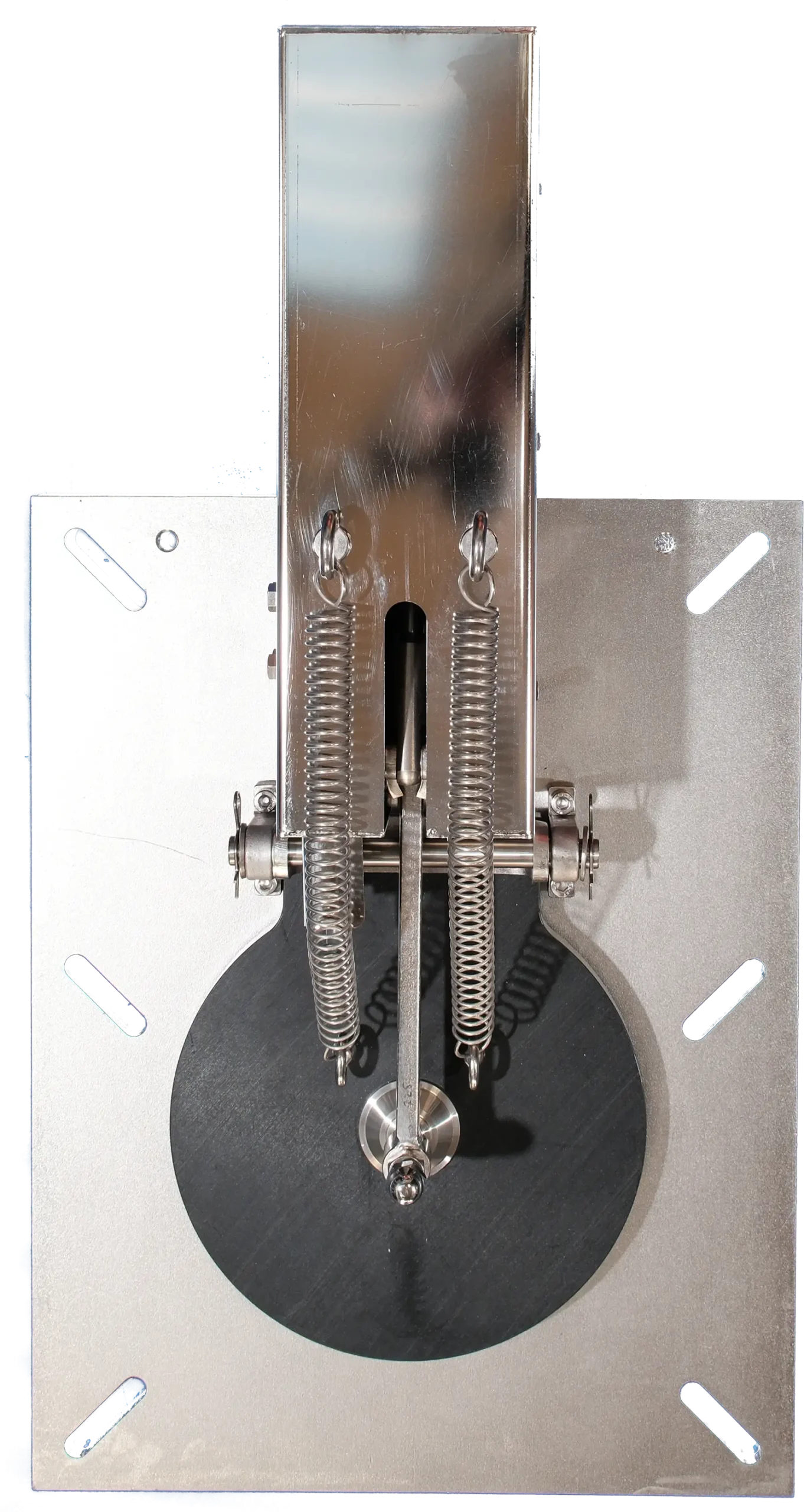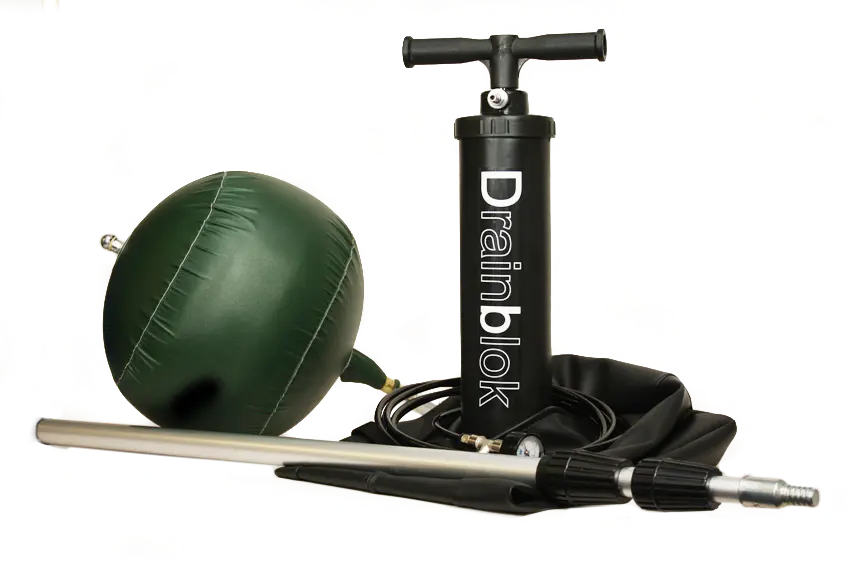Why Spill Mapping Matters
Traditional water pollution risk assessments often rely on assumptions and intuition, leaving room for error and unnecessary costs. Our innovative approach, Spill Mapping, uses advanced computer modelling to provide a precise, evidence-based view of your site’s exposure to pollution risks. By simulating disaster scenarios such as spills, fires and floods, Spill Mapping produces an evidence-based animation of various types of pollution release to help you develop the most effective containment solution. Our clients also benefit from the added reassurance that their containment policy will align with CIRIA C736, ISO 14001, and regulatory requirements outlined by The Environment Agency and Local Authorities. Many of our clients have experienced significant cost savings and avoided unnecessary disruptions through this approach.
If you’re interested in finding out more about how Spill Mapping can support your risk management strategy, contact us to discuss your site.
How Does Spill Mapping Work?
We’ve developed a tried and tested process for risk-assessing your site through spill mapping. This approach provides a clear, evidence-based understanding of your site’s water pollution risks and containment needs. Working closely with you, as part of our 5-step process, we identify any challenges with your site to ensure that any solutions we propose align with your operational goals.
Site Analysis
Scenario Simulation
Pathway Analysis
Designing Containment Solutions
Spill Mapping with Sandfield Penstock Solutions has typically saved our customers an average of 50% on costs and disruption compared to traditional containment proposals. If you’re interested in seeing how Spill Mapping can strengthen your site’s pollution containment strategy, schedule a complimentary, no-obligation consultation and we will happily risk assess your site.
What are the Benefits of Spill Mapping?
Spill Mapping goes beyond compliance; it creates confidence in your site and your business. By delivering detailed, evidence-based insights, this process demonstrates to your stakeholders, insurance providers and the Environment Agency, that disaster containment has been modelled and a realistic risk assessment has been undertaken.
Spill Mapping can help you:
- Assess new site locations or designs.
- Validate existing or proposed containment systems.
- Support any environmental permit applications or amendments.
- Satisfy regulatory requirements for risk evidence.
When Should You Use Spill Mapping?
It is recommended that commercial sites that are looking at their water pollution containment and firewater containment plans and systems, undertake Spill Mapping as early in the process as possible. This delivers the most significant savings to project costs and timescales, as well as minimising disruption to operations.
You should also be considering Spill Mapping when:
- Assessing your water pollution containment and firewater containment systems and processes in line with CIRIA C736
- Designing new pollution containment and firewater containment systems and processes in line with CIRIA C736
- Applying for new, or making changes to your existing, environmental permits
- When the Environment Agency, your local authority or another regulator is asking for evidence of water pollution containment design
- Planning to buy or move to a new site
- Submitting a planning application to build a new site

